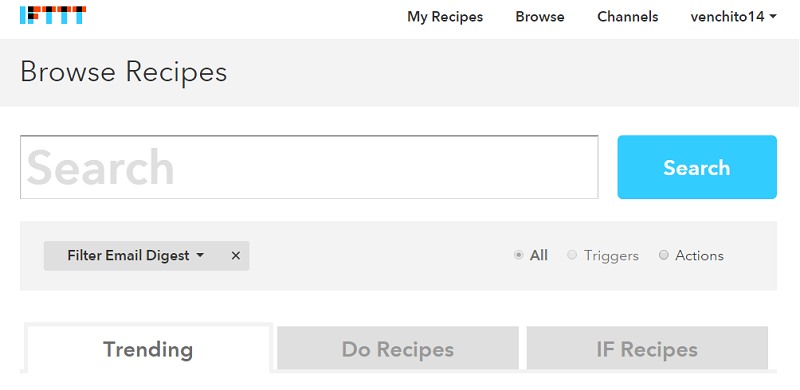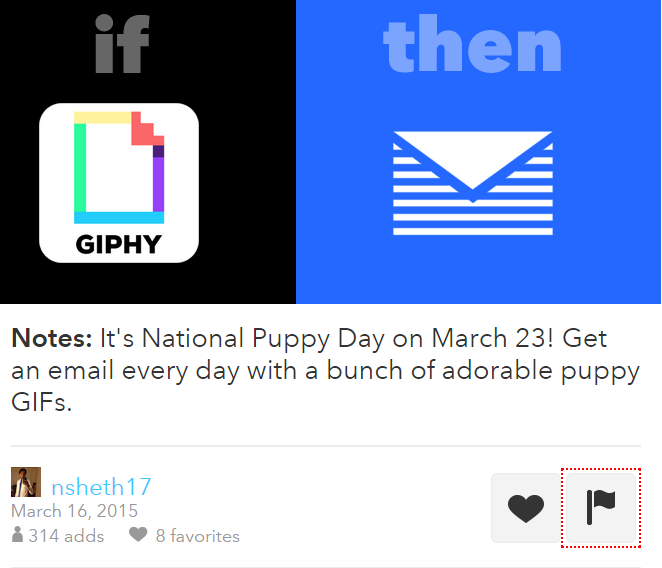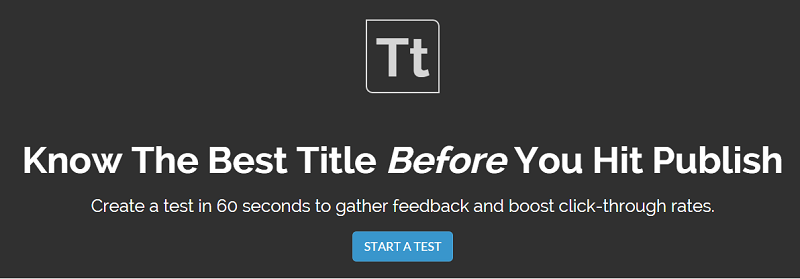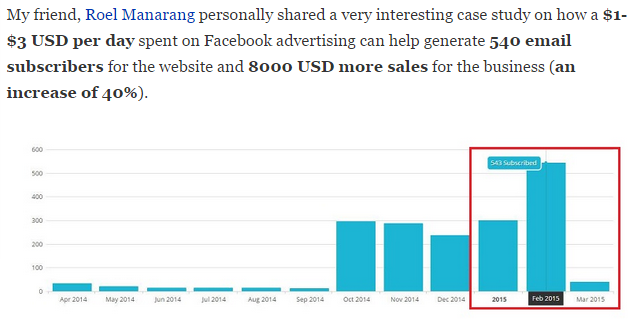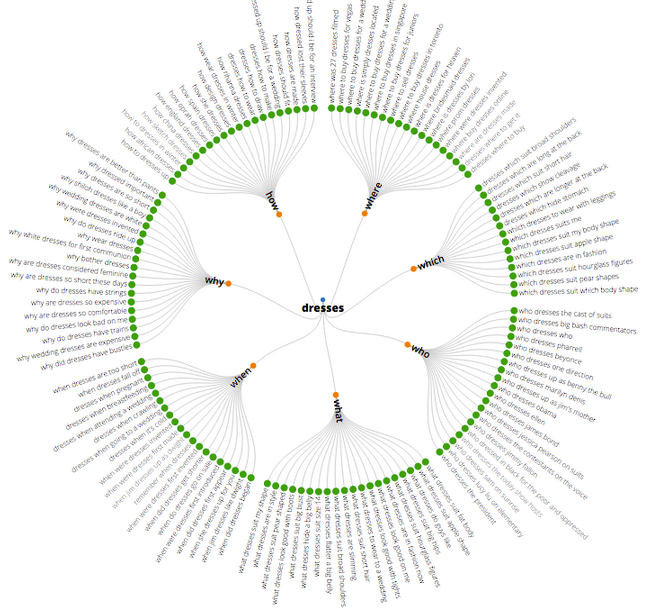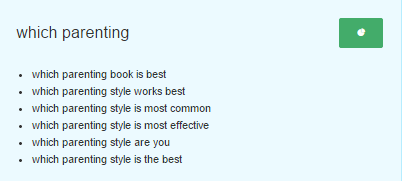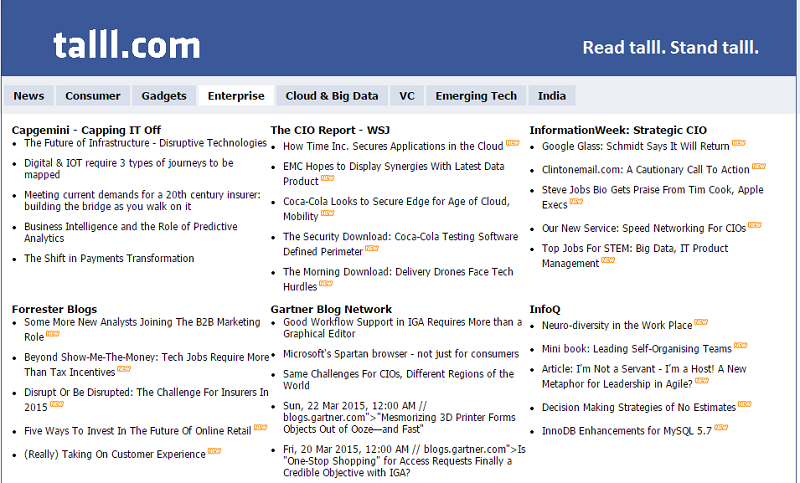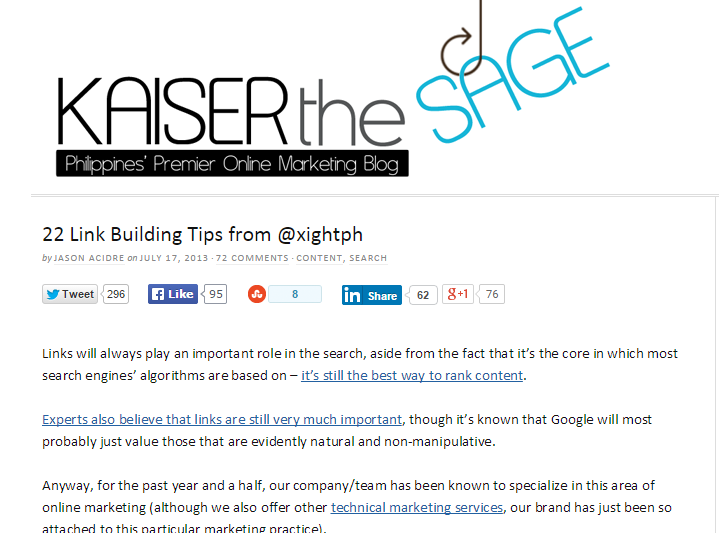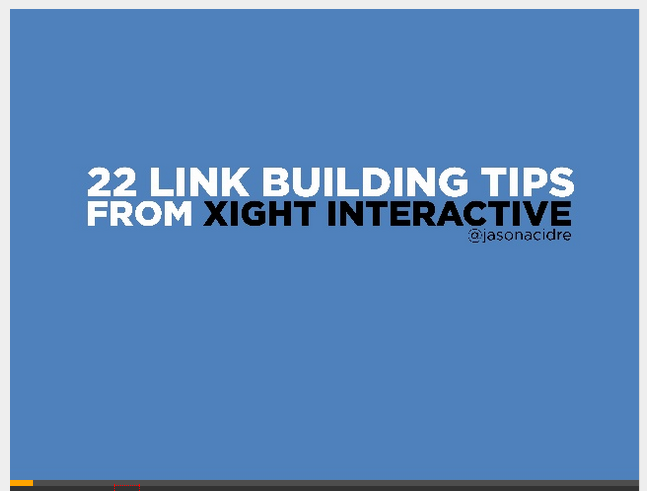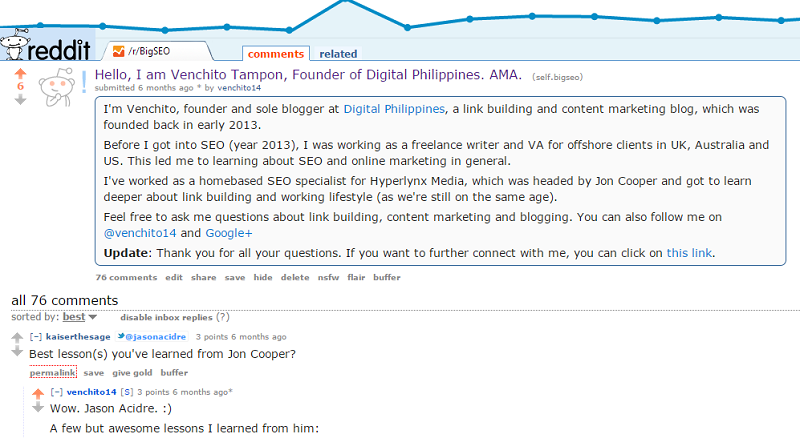by Venchito Tampon Jr | Last Updated on October 24, 2021
Linkbait is viral content with the specific aim to attract links from the “linkerati” – this is a term coined to describe people on the web who might be able to give links.
Producing this type of content on a regular basis would help improve your site’s link acquisition process, build a momentous brand authority and passively achieve micro-goals for your business (increase email subscribers, receive more service inquiries, etc..).
Without further ado, let’s get straight to 11 linkbaiting strategies that you may haven’t been implemented to your link development campaign.
1. Topic consolidation with Email Digest
Generating ideas using content marketing tools is doable these days but the most crucial part is actually organizing them to come up with interesting and linkable topics.
Email digest from IFTTT helps a lot in this process. Using one email account, you can receive daily/weekly email updates on trending industry topics/themes that are likely to be suitable for linkbait content assets.
One example of email digest is this National Puppy Day trigger (image above) where you can receive daily updates on adorable puppy GIFs. This is one creative way to curate content pieces that are seasonable in nature, have a potential to go viral and can attract natural links from authority news sites.
You may want to check out this old but useful guide by SEER Interactive on IFTTT recipes for marketers.
2. Test headlines for clickbait strategy
Based on Copyblogger, an average of eight out of ten people will read a headline copy, but only two out of 10 will read the rest. This only proves the importance of writing enticing headlines in capturing the interests of a target audience to read your site’s entire post.
Peter Koechley, Co-founder of Upworthy said that, “The headline is our one chance to reach people who have a million other things that they’re thinking about, and who didn’t wake up in the morning wanting to care about feminism or climate change, or the policy details of the election”.
One way to improve the effect of headlines to page’s user/reader activity (i.e. time on page) is through headline testing.
Headline testing is a process of improving click through rates of a headline by first writing a few different variations of it, then asking respondents (targeted by age and gender) to vote for the best title and provide you the data – which title earned the highest vote.
For this specific activity, you can use TitleTester, a headline testing tool that doesn’t require split testing (back-end/front-end experiments) in order to determine which page title will yield the best result.
When thinking of headline variations, make sure you include your targeted keyword to your titles in order to help the page rank in search results for that preferred industry term. For the example keyword phrase, “how to increase blog traffic”, “15 Insanely Actionable Tips to Increase Blog Traffic” is a headline that can drive visitors to read the post and is good enough to help search engines understand the page’s context.
For more information on headline writing, you can check out this recent Whiteboard Friday on Moz.
3. Collaborate with influencers for add-on data
This is one of the main linkbaiting tactics that I’m executing lately for my blog posts – considering that the best way to attract initial authority links is through getting others participate in your brand’s content creation phase.
Influencer collaboration is not a rocket science activity, as you will only need to send an email or social message to an influencer, let him know of your upcoming post and ask if he is willing to share some examples of work/experience that are related to your page’s topic.
One value proposition that you can try out in outreach aside from the common bait techniques (monetary incentives, exclusive access to premium products, social/brand exposure, direct lead generation, etc…) is post preview.
Basically, you will include the add-on data to your post and contextually, you preview your readers on the upcoming article of your contributor.
As an example, my recent blog post on traffic generations included an experience-based tip from Roel Manarang, where he also shared some useful data to support his claim. One week after, he published a full case study about the same Facebook strategy he shared on my blog.
By using post preview as a unique angle to your outreach, you can increase your chances of getting a response(s) from your potential contributors.
4. Consumer insights using data and visualizations
The best way to produce user-interacted content is through generating insights and direct questions from consumers. This activity is often expensive as you would need to gather straight answers from your target customers with the help of survey tools like Google Consumer Surveys.
But today, you can collect consumer insights straight from Answer The Public tool and turn these knowledge to linkbait topics for your future content assets.
For example when you search for the term, “parenting”, this list of “which” topics could be seen in the page.
Now if you use your creative psyche to brainstorm content formats that will work best for the topics in the list above, then you would consider a “quiz” type of content.
The idea is to get your visitors answer multiple questions in the quiz (make it appear in the most visible areas of your site), then at the end, the quiz would give them results that will determine which parenting style they are currently using for their kids.
After producing your “linkbait content”, build your initial list of contextual links by reaching out to potential linkers in your industry (parenting/home-schooling resource pages and mommy bloggers). If the content is highly resourceful, the potential of earning links from those list prospects, as well as attracting additional backlinks from webmasters who would be able to consume the content is higher.
5. Build initial list length for maximum link potential
A good linkbait strategy has goals set in place. These could be exact figures (that are always approximate), which team members could use to push their efforts and capacity to produce campaign-driven results.
In link acquisition, setting goal links should be at topmost priority. Here’s a formula that you can use for maximum link goal potential.
As you can notice, the higher your target links are, the higher should be your initial list.
This becomes a useful tool in applying the Pareto Principle since you can simply focus on your initial list (initiate the outreach) instead of prospecting for additional link opportunities across your space.
6. Add on-page FAQ sections to highly-demand product pages
Frequently asked questions are tools for B2C / SAAS websites in nurturing interested customers with information that will trigger them to purchase the brand’s product/service.
In most cases, these FAQ sections are cited on many industry related web properties such as forum threads, where users are asking for more details about a specific product/service.
If your brand has built a good level of authority, then chances are your customers may have questions pertaining to your brand’s offerings, which may be visible on popular Q&A sites/forums.
Find enough volume of specific product related questions on industry community sites/blogs. Do a Google search for “brand” “product name” OR “service” then compile a list of questions you’ve found.
For newly existing brands, you can execute the same approach – Google search for “product name” OR “service”. There would be more product related question here since you’re taking it in a non-branded view.
Add on-page FAQ sections or quick links below each product page.
Make these sections linkable by placing them on visible areas of your commercial pages.
7. Content ideation using news aggregators
News aggregators are compiled volumes of the latest articles from top news sites.
One good example of this is Talll.
This makes your content ideation process easier as you can simply jot down notes or brainstorm topics that are most discussed in your niche based on the latest news you’ve seen in a news aggregator.
Combining this function with word cloud, the content brainstorming phase could be much simpler.
Grab the titles of the latest posts and plug in the all to wordle or any other cloud word tools.
You can simply generate industry themes/topics based on the visuals that the tool will produce.
8. Turn internal content to linkbait
For companies that conduct daily/weekly trainings, most of the time, they dug their internal content in their database – leaving it invisible to the public.
This type of content, when published on a blog, could significantly bring a good amount of editorial links to the brand since they can be referenced by publishers and expert writers from related industries, especially if the internal content is the most comprehensive resource on a particular topic.
Turn list posts into slide decks.
If the post itself managed to get traction after it was published, then chances are its converted content (slide decks) could also earn direct traffic from people who have read the post.
Find list posts in your blog that earned a good amount of natural links and convert them to visual content.
Include some quotes or citations from linkers of the original post to increase the odds of getting responses from your outreach.
Reach out to people who linked to the original post and let them know about the new version of the post.
9. Dig link opportunities with Youtube
Incorporating social media in today’s link building game is definitely one of the best moves of a seasoned link builder.
Youtube is a link building platform that can open blog link opportunities for your brand, since there are millions of viewers searching in this social search tool almost every minute, coming from different industries.
To start with Youtube link acquisition, find popular and/or untapped keyword phrases in Keyword Planner. A good amount of search volume here may comparably be tangent to search volume in Youtube as well.
Go over to Youtube and do a search for that keyword phrase. See what videos pop up.
Look for videos that are outdated but have gained thousands/millions of views in the past.
Be mindful of your industry’s search environment, as some niches like cooking should obviously have millions of views each month.
Recreate the content by publishing an updated version of the video and/or publishing a visual that shows the step by step instructions on the same subject (in this example: how to make a cake).
When your own version of content is published, you can now reach out to existing linkers of the original video, which you can find using link prospecting tools like Ahrefs (review here) or OSE.
Tell them about the new version of the video content. The potentials of earning links would be higher since you’ve shown the improvements of your latest asset.
10. Invest in linkable visuals
Visual content is a good brand asset that enables information to be more easily consumed by a target audience, since they can absorb fractions of data/message within a few seconds, simply by looking at the piece.
One of the visual content pieces you may be familiar with is infographics.
Infographics are not dead and many search marketing and B2C companies are still using it to capture a particular group of people, funneling them down to the sales funnel and potentially become their customers/clients.
It’s how infographics are made that make it dead or alive to a content/link building team.
In our latest SMX-style conference, PeepCon, Jayson Bagio shared a very interesting process on how infographics can naturally build links from relevant blogs/sites. You can find the presentation below.
Investing in linkable visuals will work if they are carefully planned and executed.
Results from the campaign should also be analyzed to make necessary actions for constant improvement.
11. Reputation linkbait
Influence marketing is still one of the best linkbait strategies given that the value proposition here is the industry expertise of the content creator or brand.
There are many ways to actually execute influence marketing and some of the notable and common tactics are the following:
- Build more expertly-made content both in internal and external web properties. Make it as comprehensive as possible, so potential linkers could easily remember the brand’s identity through the depth of the information/message being conveyed in the content.
- Participate in industry web communities by answering niche relevant questions where you can provide unique insights on particular subject matters.
- Build strong relationships with influencers and bloggers through offline efforts like networking at seminars/conferences, webinars and/or simple conversations via email or Skype.
You may want to check this linkbaiting post by Jason Acidre on his Kaiserthesage blog.
If you are looking for a link building agency to partner with you, then don’t hesitate to contact us today.
The Author
Venchito Tampon Jr
Venchito Tampon is a Filipino Motivational Speaker, Corporate Trainer, and a Leadership Speaker in the Philippines. He is the CEO and Co-Founder of SharpRocket, a link building agency. With a decade of experience, Venchito has a proven track record of leading hundreds of successful SEO (link builidng) campaigns across competitive industries like finance, B2B, legal, and SaaS. His expert advice as a link building expert has been featured in renowned publications such as Semrush, Ahrefs, Huffington Post and Forbes. He is also an international SEO spoken and has delivered talks in SEO Zraz, Asia Pacific Affiliate Summit in Singapore, and Search Marketing Summit in Sydney, Australia. Check out his other businesses, Hills & Valleys Cafe, Blend N Sips and Saas Pursuit.
How our LINK BUILDING AGENCY builds 250 links/mo consistently using Predictable Link Building Methodology™…
- Using a SIMPLE and PROVEN system
- Using a SCALABLE strategy
- No private blog networks
- No creepy outreach emails
